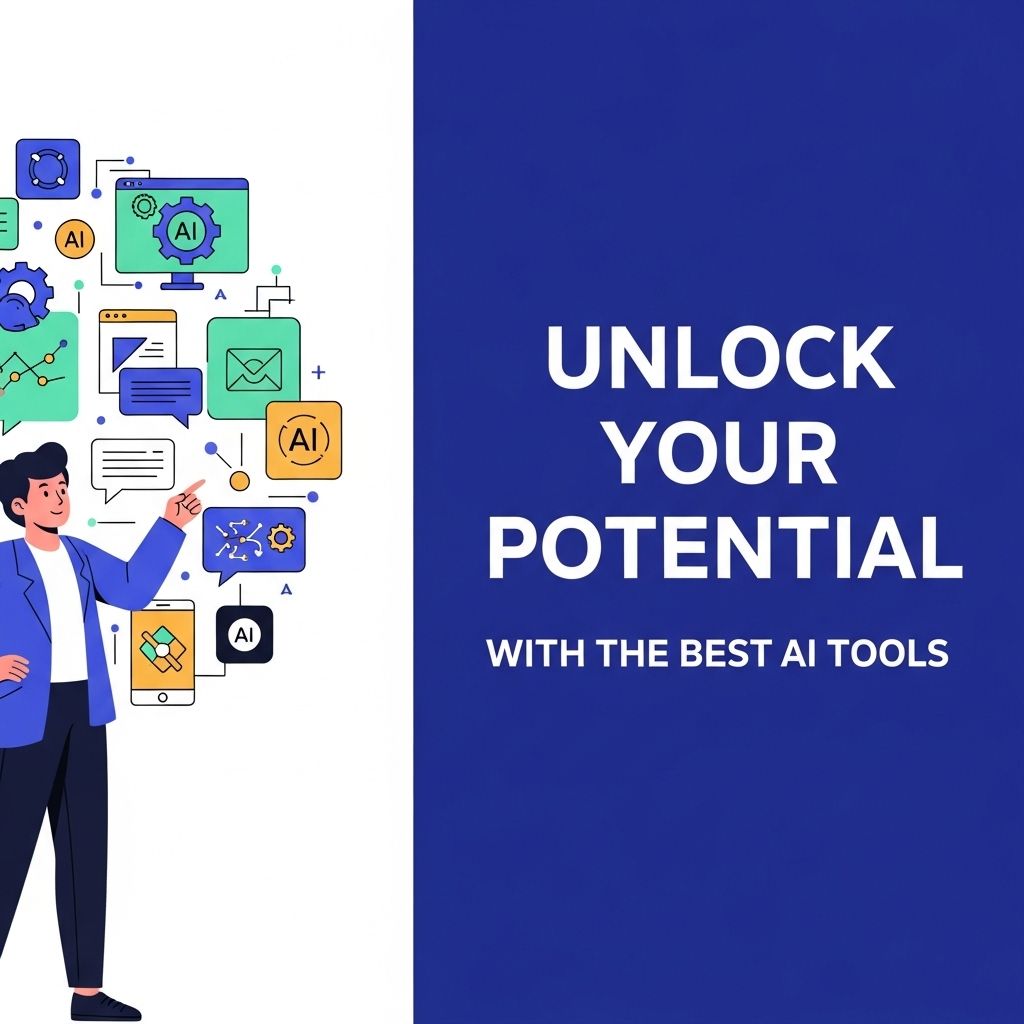As we move deeper into the digital age, artificial intelligence continues to reshape the way businesses operate. Among the most transformative technologies are AI chatbots, which are fast becoming indispensable tools for enhancing customer experience and boosting operational efficiency. In this article, we’ll explore how AI chatbots can elevate your income potential in 2025, providing insights into their capabilities, implementation strategies, and the future landscape for AI-driven customer interactions.
The Rise of AI Chatbots
AI chatbots are software applications that use artificial intelligence to simulate human conversation. They can communicate with users through text or voice interfaces, making them versatile tools for various applications. Here are some key points about their rise:
- Advancements in natural language processing (NLP) have enhanced chatbots’ ability to understand and respond to human queries effectively.
- Businesses are increasingly adopting chatbots to improve customer service, reduce operational costs, and increase engagement.
- The market for AI chatbots is projected to grow exponentially, with an estimated value reaching over $1.3 billion by 2025.
Benefits of Using AI Chatbots
Implementing AI chatbots can offer several advantages for businesses, especially in terms of income generation. Here are some notable benefits:
1. 24/7 Availability
Unlike human agents, AI chatbots can operate around the clock, which means:
- Customers can receive assistance at any time of day or night.
- Increased customer satisfaction leads to higher retention rates.
- Businesses can capture leads outside regular working hours, maximizing potential income.
2. Cost Efficiency
Chatbots can significantly reduce operational costs:
- They can handle multiple inquiries simultaneously, lowering the need for a large customer service team.
- Automating routine tasks allows human employees to focus on more complex issues that require personal attention.
3. Enhanced Customer Engagement
AI chatbots create personalized experiences that engage customers effectively:
- They can analyze user data to provide tailored product recommendations.
- By maintaining an ongoing conversational thread, chatbots can foster a sense of loyalty among users.
4. Data Insights
Chatbots can gather and analyze valuable customer data, which can be instrumental in:
- Identifying trends and preferences that inform business strategies.
- Enhancing marketing efforts by targeting specific demographics more effectively.
Implementing AI Chatbots
To successfully integrate AI chatbots into your business, consider the following steps:
Step 1: Define Your Goals
Before implementing a chatbot, outline what you aim to achieve:
- Are you looking to reduce customer service response times?
- Do you want to increase sales through personalized interactions?
- Is your goal to gather customer feedback and insights?
Step 2: Choose the Right Platform
There are numerous platforms available for building and deploying chatbots:
| Platform | Key Features | Best For |
|---|---|---|
| Dialogflow | Natural language processing, integration with Google services | Businesses using Google products |
| Chatfuel | No coding required, user-friendly interface | Small businesses and entrepreneurs |
| ManyChat | Focus on marketing through Facebook Messenger | Social media-driven businesses |
Step 3: Design the Conversation Flow
Creating an intuitive and engaging conversation flow is crucial:
- Map out the typical customer journey and identify key touchpoints.
- Draft potential questions and responses to ensure a natural interaction.
Step 4: Train Your Chatbot
Training your chatbot involves:
- Feeding it data sets from previous customer interactions.
- Regularly updating it with new information to improve accuracy over time.
Future Outlook for AI Chatbots
As technology continues to evolve, the capabilities of AI chatbots will only improve. Here are a few trends to watch for in the coming years:
1. Greater Personalization
AI chatbots will leverage machine learning to provide even more personalized experiences, predicting user needs based on past interactions.
2. Integration with Other Technologies
Expect chatbots to seamlessly integrate with augmented reality (AR) and virtual reality (VR), enhancing customer interaction in immersive environments.
3. Multi-Platform Functionality
Chatbots will increasingly work across various platforms, allowing businesses to engage customers wherever they are, whether on websites, mobile apps, or social media.
Conclusion
In 2025, the potential for AI chatbots to boost your income will be more significant than ever. With their ability to operate 24/7, reduce costs, enhance customer engagement, and gather valuable data, they stand as a crucial asset for businesses of all sizes. By strategically implementing chatbots and embracing future trends, companies can position themselves to thrive in an increasingly competitive market.
FAQ
How can AI chatbots help boost my income in 2025?
AI chatbots can enhance customer engagement, streamline operations, and automate sales processes, leading to increased revenue and efficiency.
What industries can benefit from AI chatbots in 2025?
Industries such as e-commerce, customer service, healthcare, and finance can significantly benefit from AI chatbots by improving customer interactions and reducing operational costs.
Are AI chatbots easy to implement for small businesses?
Yes, many AI chatbot solutions are designed for easy integration, making them accessible for small businesses to set up and use effectively.
Can AI chatbots improve customer satisfaction?
Absolutely! AI chatbots provide instant responses and personalized support, which can enhance the overall customer experience and satisfaction.
What features should I look for in an AI chatbot for boosting income?
Look for features like natural language processing, multi-channel support, analytics, and integration capabilities with your existing systems to maximize income potential.
How will AI chatbots evolve by 2025?
By 2025, AI chatbots are expected to become more sophisticated, with improved machine learning capabilities, offering more personalized interactions and deeper insights into customer behavior.




